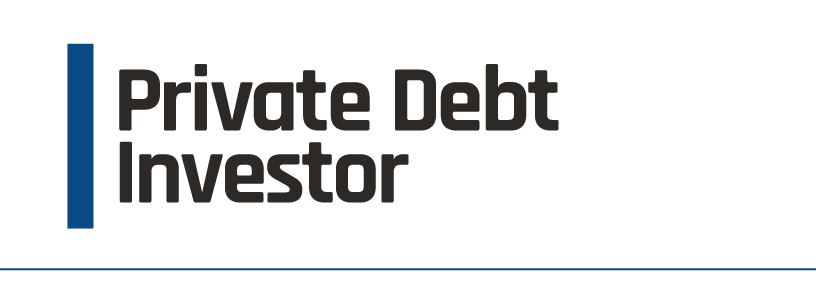Performance – August 2008
What can be learned from past performance about the future prospects for private equity? Introducing the Peracs PE Barometer, Oliver Gottschalg of HEC School of Management and Robert Ryan from Peracs Due Diligence Services assess the attractiveness of today's environment for private equity.





